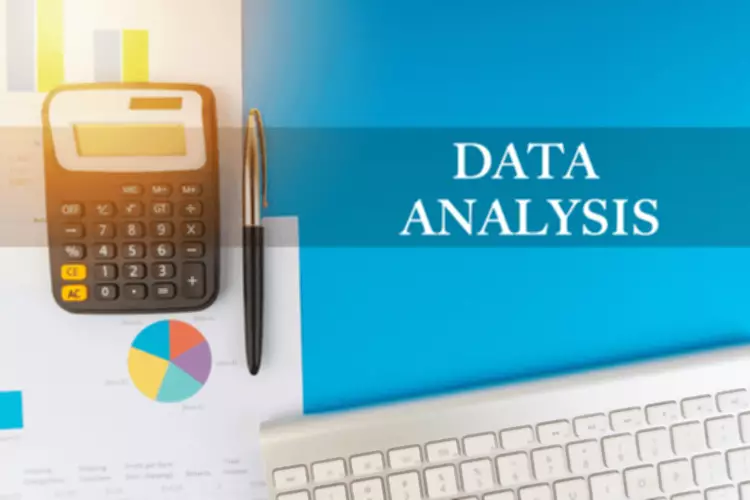Mark to Market Accounting Definition, Examples Journal Entries
Content

As a result, many businesses can go bankrupt, setting off a downward spiral that makes a recession worse. To estimate the value of illiquid assets, a controller can choose from two other methods. It incorporates the probability that the asset isn’t worth its original value. For a home mortgage, an accountant would look at the borrower’s credit score.
- In this case, the meaning of mark-to-market is a little different.
- Fair value accounting did not cause the current financial crisis, but the crisis may have been aggravated by common misperceptions about accounting standards.
- When using models to compute the ongoing exposure, FAS 157 requires that the entity consider the default risk (“nonperformance risk”) of the counterparty and make a necessary adjustment to its computations.
- On the same day, FASB issued yet another rule on how to account for securities when they were permanently impaired.
- When the debt markets froze during the fall of 2008, FASB released a staff paper clarifying the application of fair value accounting to illiquid markets.
Accordingly, we should develop reporting formats—such as presenting two calculations of EPS—that help clarify the different types of income included in the same financial statement. This IASB amendment had an immediate impact on the financial statements of European banks. In the third quarter of 2008, Deutsche Bank avoided more than €800 million in losses from write-downs in its bond and marketable loan portfolios by shifting assets to a more favorable category.
Mark to Market (MTM): What It Means in Accounting, Finance, and Investing
Perhaps the profit picture was not as rosy as suggested by the financial reports of European banks. As mentioned, mark-to-market accounting provides a realistic financial picture, especially for businesses in the financial industry.
Mark to Market (MTM): What It Means in Accounting, Finance, and Investing – Investopedia
Mark to Market (MTM): What It Means in Accounting, Finance, and Investing.
Posted: Sun, 26 Mar 2017 07:42:49 GMT [source]
The market value can be higher than, equal to, or even lower than the net depreciated asset value recorded in the books of accounts. Asset ClassificationAsset classification is a systematic process of assigning the assets to their https://www.bookstime.com/ respective class or group. Such grouping of the assets is done based on the common characteristics possessed by them. Like current assets and fixed assets are categorized as per the duration the company holds these assets.
Mark-to-Market Accounting Cons
By marking the securities’ current value, the brokerage firm could adequately evaluate whether or not the trader is meeting its margin account requirements. Under the FASB guidelines, the notion of fair value is defined and the manner companies are required to measure the value of their asset is by adopting the generally accepted accounting principles . In other words, in unfavorable markets or in low liquidity conditions, a company may not realize the value that it considered when marking its asset to market . For the company to assess the asset’s actual market value, it can do an MTM to record the asset’s current value (that may be $25,000 today).
In response to the rapid developments of the financial crisis of 2007–2008, the FASB is fast-tracking the issuance of the proposed FAS 157-d, Determining the Fair Value of a Financial Asset in a Market That Is Not Active. Thus, FAS 157 applies in the cases above where a company is required or elects to record an asset or liability at fair value. Second, FAS 157 emphasizes that fair value is market-based rather than entity-specific.
Mark To Market (What It Is And How It Works: All You Need To Know)
Insiders are in the best position to determine the creditworthiness of such securities going forward. In theory, this price pressure should balance market prices to accurately represent the “fair mark to market accounting value” of a particular asset. Purchasers of distressed assets should buy undervalued securities, thus increasing prices, allowing other Companies to consequently mark up their similar holdings.

In this case, the asset’s value is written down or increased as per the market value, and the gain/loss is booked; e.g., Equity shares worth $ 10,000 are purchased on 1st September 2016. As of 31st December 2016 (i.e., Close of the Financial Year 2016), the value of these equity shares is $ 8,000. If the banks were forced to mark their value down, it would have triggered the default clauses of their derivatives contracts. The contracts required coverage from credit default swaps insurance when the MBS value reached a certain level. It would have wiped out all the largest banking institutions in the world. Mark to market gives an accurate picture of an asset’s current value.
Mark-to-Market definition
When it was first built, it was valued at $500k , but after a decade, the wear and tear on the equipment has reduced the fair market value of the facility to $350k. In adding up the assets of the company, this depreciation will be factored into the mark-to-market calculations. Mark-to-market is a term used to refer to the process of using a reasonable market value of an account, asset, or liability, at a specific point in time or during an accounting period. In the trading world, there are certain types of securities that could be marked to market such as futures , swaps , mutual funds, or other derivatives . In other words, the financial institution will evaluate its portfolio of loans and deduct the value of its bad debt to get a more accurate perspective of the realizable value of its loans.



Leave a Reply
Want to join the discussion?Feel free to contribute!